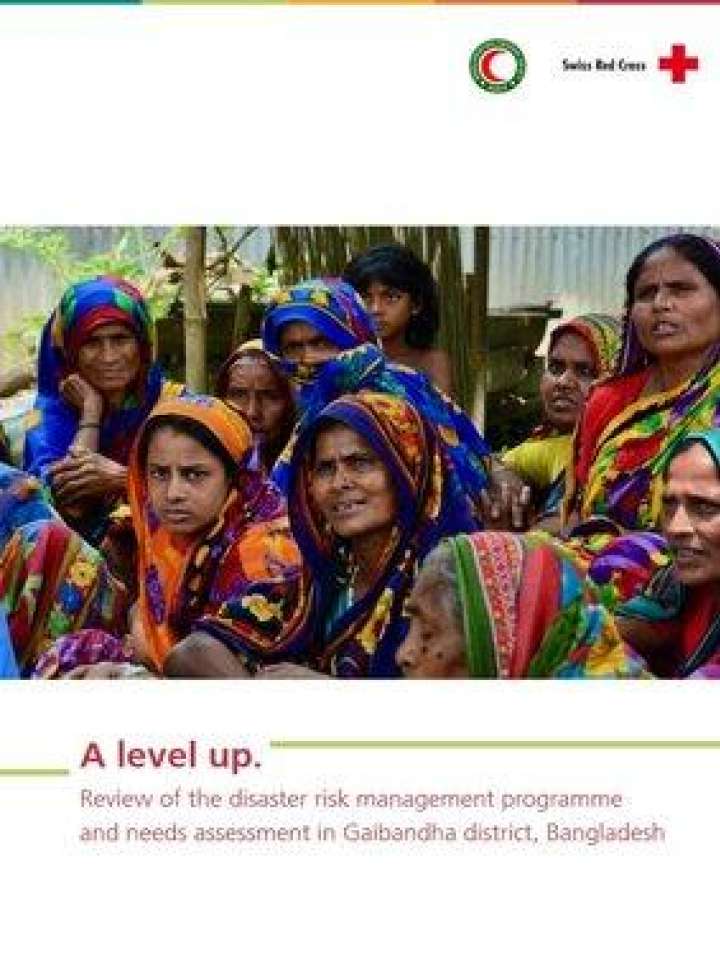A level up. Review of the disaster risk management programme and needs assessment in Gaibandha district, Bangladesh
This review of a four-year disaster risk management programme in Bangladesh’s north-western district of Gaibandha demonstrates that flood-prone communities moved ‘a level up’. 'A level up' represents the first use of the resilience radar tool as part of a longitudinal comparison (base/endline).
On the resilience radar, the overall resilience score increased from a medium-level 0.57 in 2017 to a high-level of 0.75 in 2021 (scores can range from a minimum of 0.00 to a maximum of 1.00). Major improvements were recorded in disaster preparedness (+86.8%), water & sanitation (+43.8%) and connectedness (+34.5). The strong advance in terms of connectedness is encouraging for wider resilience programming: citizens make more use of social safety nets than they used to, and communities are now better connected to and supported by local authorities and government agencies.
Looking to future programming, the assessment of needs in Sundarganj upazilla highlights extreme vulnerability (the resilience score here is 0.42), showing that efforts to raise resilience would be highly relevant. The report concludes with strategic options for concerted action towards deeper and wider resilience programming in the country’s flood-prone north-west. Some of the recommendations include:
- Elevate resilience programming in flood-prone areas through concerted action and joint resourcing.
- Support capacity-strengthening of the Bangladesho Red Cross Society (BDRCS) district units to enable a stronger role as connector.
- Substantially enhance progress monitoring and embed resilience measurement.
Explore further
